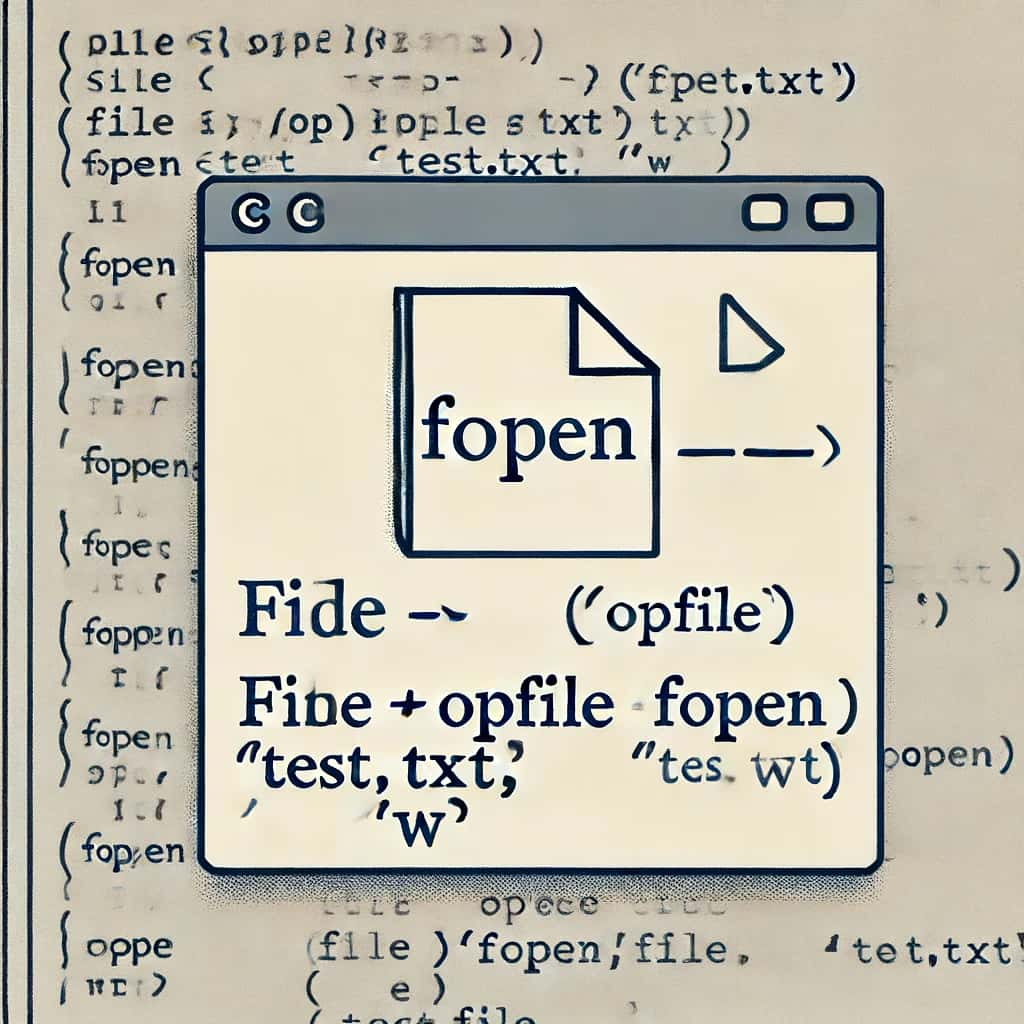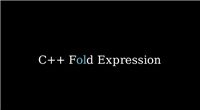
文件模式的解释与详细说明:
- 增加对文件模式的详细解释,特别是
w、a和wx模式的区别。 - 增加对
fopen()返回值的进一步处理说明。
- 增加对文件模式的详细解释,特别是
代码优化与注释:
- 在代码中增加更多的注释,解释每一步的操作。
- 提供更多示例代码,以展示
r+和w+模式的用法。
改写与中文翻译
使用 fopen() 打开文件的示例程序
在 c 语言中,fopen() 方法用于打开指定的文件。
语法
file *fopen(const char *filename, const char *mode);
以下是使用 fopen() 打开文件的有效模式:'r'、'w'、'a'、'r+'、'w+'、'a+'。详情请参考 c 库函数 - fopen()。
使用 fopen() 以写模式打开现有文件
如果要打开的文件不存在于当前目录中,则会创建一个新的空文件,并以写模式打开。如果文件存在且以 'w' 或 'w+' 模式打开,则在写操作之前文件内容会被删除。
示例
程序示例展示了解决方案的工作原理:
#include <stdio.h>
#include <stdlib.h>
int main() {
// 以写模式打开文件
file *opfile = fopen("test.txt", "w");
if (opfile == null) {
puts("couldn't open file");
exit(0);
} else {
fputs("includehelp", opfile);
puts("write operation successful");
fclose(opfile);
}
return 0;
}
输出
write operation successful
说明 初始文件内容 − c programming language
写操作后的内容 − includehelp
写操作会删除文件中已有的所有内容,然后写入新内容。为了解决这个问题,c 语言提供了两种不同的方法,程序员可以根据需要选择:
'a'(追加模式)− 这种模式会将新内容追加到文件内容的末尾。'wx'模式 − 如果文件已存在于目录中,则返回null。
示例
使用 'a' 模式对现有文件进行写操作的示例程序:
#include <stdio.h>
#include <stdlib.h>
int main() {
// 以追加模式打开文件
file *opfile = fopen("test.txt", "a");
if (opfile == null) {
puts("couldn't open file");
exit(0);
} else {
fputs("includehelp", opfile);
puts("write operation successful");
fclose(opfile);
}
return 0;
}
输出
write operation successful
说明 初始文件内容 − c programming language
追加操作后的内容 − c programming language includehelp
示例
使用 'wx' 模式对现有文件进行写操作的示例程序:
#include <stdio.h>
#include <stdlib.h>
int main() {
// 以 'wx' 模式打开文件
file *opfile = fopen("test.txt", "wx");
if (opfile == null) {
puts("couldn't open file");
exit(0);
} else {
fputs("includehelp", opfile);
puts("write operation successful");
fclose(opfile);
}
return 0;
}
输出
write operation successful
说明 使用 'wx' 模式,如果文件已存在,则会返回 null 并退出,不会覆盖文件内容。
补充示例
展示 r+ 和 w+ 模式的使用:
r+模式: 用于读取和写入文件,但文件必须存在。#include <stdio.h> #include <stdlib.h> int main() { // 以 'r+' 模式打开文件 file *opfile = fopen("test.txt", "r+"); if (opfile == null) { puts("couldn't open file"); exit(0); } else { fputs(" new text", opfile); puts("write operation successful"); fclose(opfile); } return 0; }- w+ 模式: 用于读取和写入文件,如果文件不存在则创建新文件,存在则清空内容。
#include <stdio.h> #include <stdlib.h> int main() { // 以 'w+' 模式打开文件 file *opfile = fopen("test.txt", "w+"); if (opfile == null) { puts("couldn't open file"); exit(0); } else { fputs("includehelp", opfile); puts("write operation successful"); fclose(opfile); } return 0; }
总结
到此这篇关于c语言中使用fopen()打开和操作文件的文章就介绍到这了,更多相关c语言fopen()打开操作文件内容请搜索代码网以前的文章或继续浏览下面的相关文章希望大家以后多多支持代码网!







发表评论